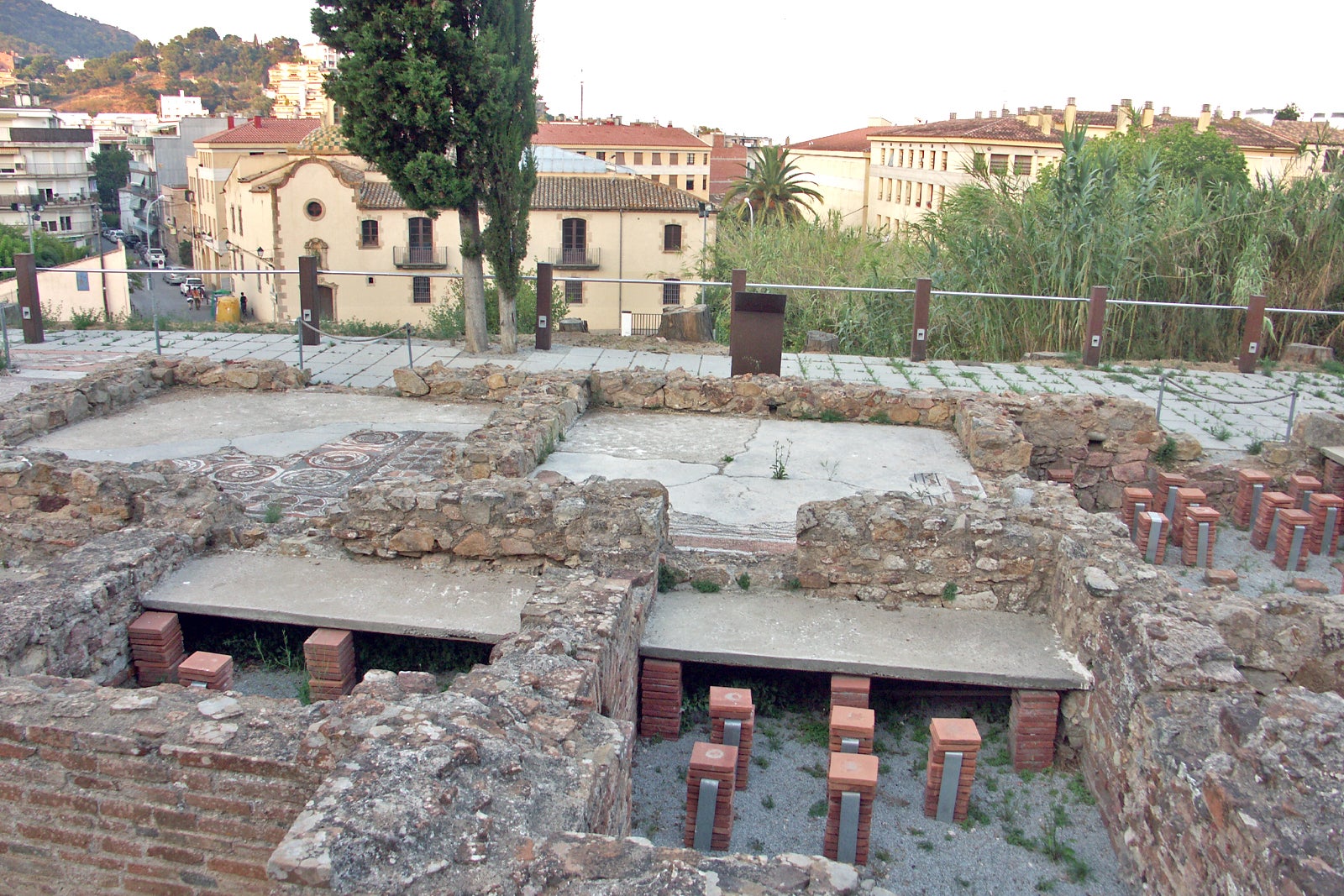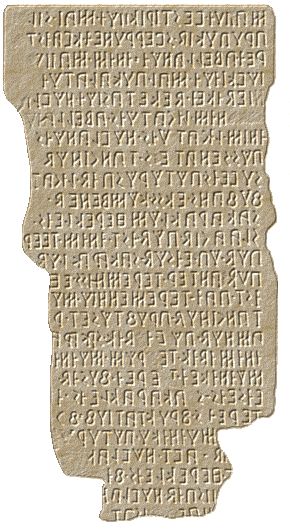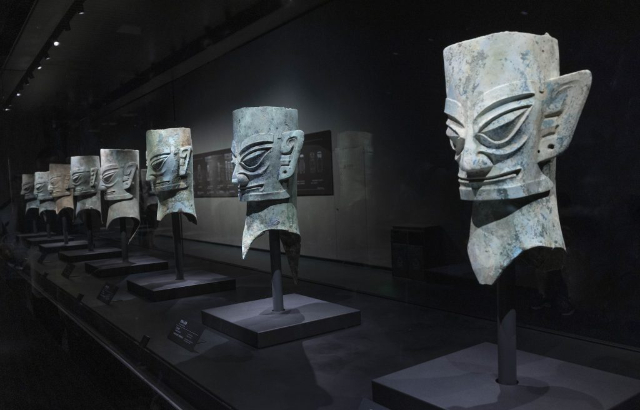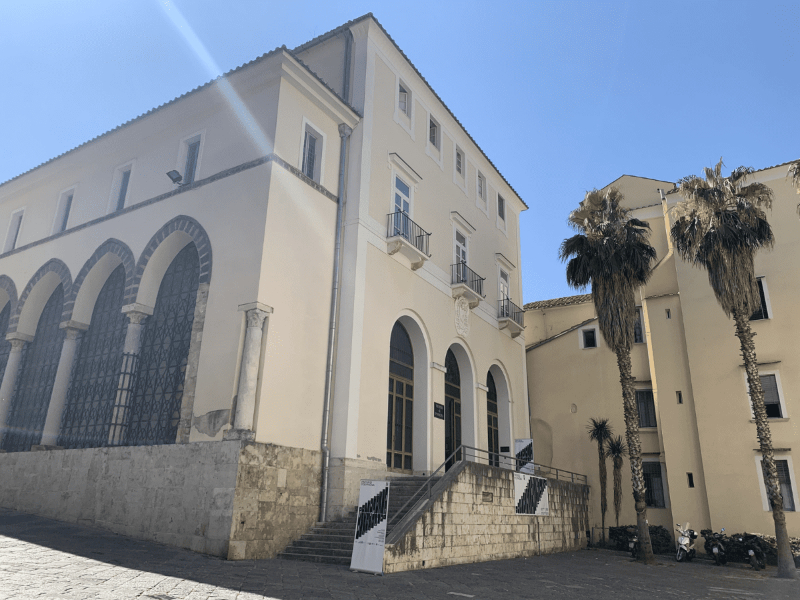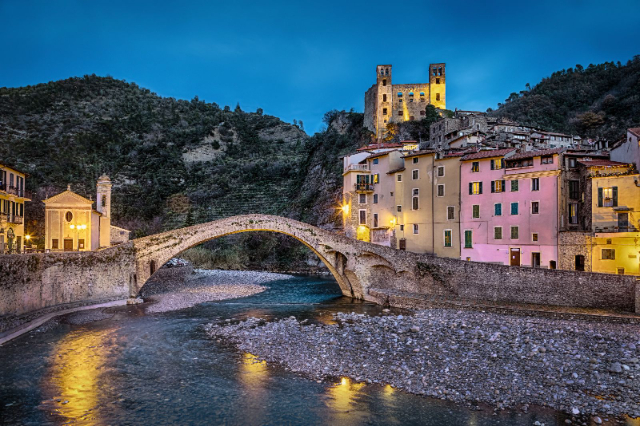The Els Ametlleres Roman villa dates back to the first century AD and was one of the most important Villas in the Roman province of Tarraco. The ruins were discovered in 1914 by Dr. Ignasi Melé, Els Ametllers Roman villa (1st century BC to 6th century AD). Especially dedicated to cultivating vines and to the exportation of wine for general consumption, it is a classical example of farming in the Roman Mediterranean. Architecturally, it consists of two quite different areas: the urban part and the working part. Its situation, on the east slope of Can Magí hill, facing the sea and with a commanding view of the bay, conditioned the distribution of the building.
The urban part, the noble area of the complex, set on the upper floor, is evidence of the magnitude of the villa at all levels, particularly in the 2nd century AD. Features such as the magnificent thermal constructions, the mosaics, the stuccos, the winter dining room, the nymphaeum (fountain) or the swimming pool with the impressive sculptures in Carrara marble that are preserved in the Municipal Museum, show us the exceptional nature of the villa.
The working part, on the lower level, was the industrial area. It housed the storerooms and the rooms for processing the agricultural products. They made wine, oil, salted products as well as storing cereals.
The styles of bone, ivory, pottery, coins and buckles, which are on display in the Municipal Museum, are a true testimony of the everyday life of the villa.
These kinds of villas combined making the most of the territory – which in the case of Els Ametllers Villa covered a good part of what today is Tossa – perfectly with the luxury and conveniences of the owners. It should be stated that most of the structures that are preserved today are from the Augustine period (end of the 1st century BC – beginning of the 1st century AD).
